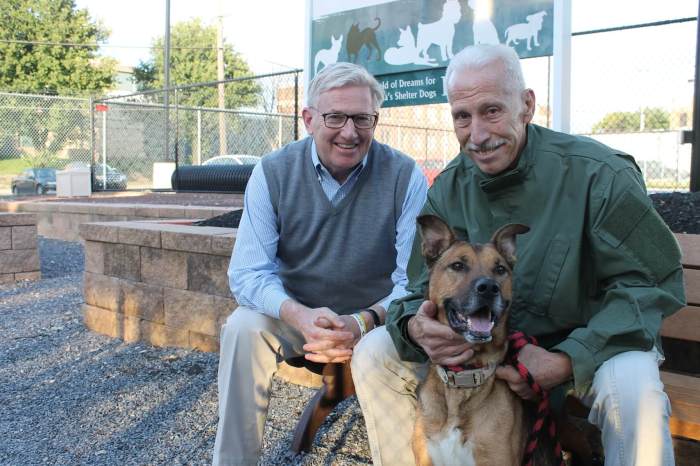It’s just over three weeks into kitten season and New York City’s first dedicated facility for saving kittens is already filling up. As of May 9, the ASPCA’s Kitten Nursery has taken in 209 kittens, with a capacity for 300.
“We opened here April 15, and they were slow coming in at first but now that it’s warmer we’re taking in a lot more — we got 25 in just one day last week,” says Gemma Smith, administrative manager of the Manhattan nursery.
Surprisingly, New York City didn’t have a dedicated facility for newborn cats until 2014. That’s when the ASPCA opened a space just for rescuing and caring for the more than 1,000 kittens that come in annually through the city’s animal shelters, Animal Care Centers of NYC, as well as Good Samaritans.
The facility sits on 91st Street just behind the ASPCA’s Upper East Side adoption center, where the kittens go after their long road from being rescued — some can be just hours old, others arrive ready to be spayed/neutered and microchipped in preparation of going to their forever home. It’s the largest and first-ever such nursery in the city, where a team of staff and volunteers provide 24-hour care as surrogate moms to kittens. To date, more than 4,500 have been saved.

The nursery is pretty much full up all Kitten Season, which runs from mid-April through October. New arrivals start their journey to a forever home at the Intake Room, where they’re checked over for any illnesses, fleas and other medical conditions. The chorus of tiny meows, little more than squeaks, are constant — some are just a few hours old, others are up to eight weeks old.
Each kitten is weighed, microchipped if they’re old enough, and put into quarantine with their littermates to make sure any potential diseases they’re carrying aren’t spread to the rest of the population. Kittens under four weeks of age are also highly susceptible to low blood sugar and dehydration, so they need round-the-clock care including bottle feeding as frequently as every two hours.
Each littler is named starting with the same first letter. “We have to get really creative,” Smith laughs.
Caregivers, a mix of staff and volunteers, perform all the things a mother cat would. Besides bottle feeding, they stimulate their bellies to get them to poop and groom them with a toothbrush, which “mimics the mother’s tongue, so it really calms them,” she says.

The kittens also get baths in warm water with Dawn soap, then towel-dried/massaged, with a final fluff with a blowdryer. “They don’t mind it,” says Valerie Dutton, who volunteers at the ASPCA for three to four days a week all year round. “They just haven’t learned how to be cats yet.”
Volunteers also fold cardboard into intricate toys for the kittens, with several such enrichment items in each cage as well as ribbons and other items that caregivers can use to play with them. Once they gain enough weight around 8 weeks of age, the kittens are spayed or neutered and microchipped, then move to the adoption center next door to find a forever home.
If you’re interested in volunteering or, even more critically, fostering kittens (even a tiny apartment is fine!) you can sign up for the next volunteer or foster orientation session at the ASPCA and Animal Care Centers.

























